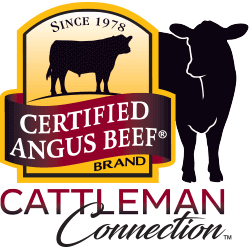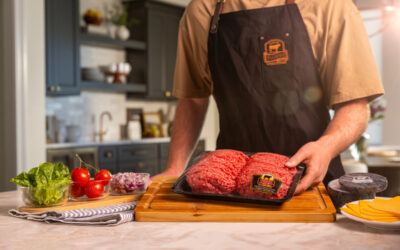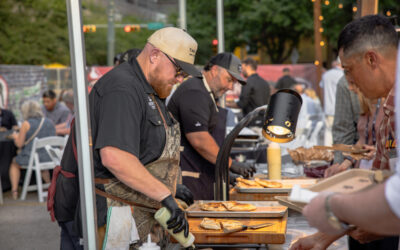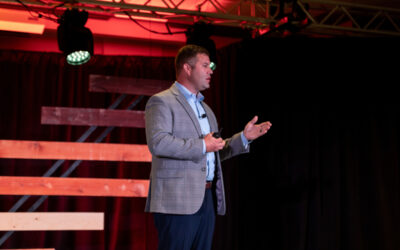
Trading Places, Part II
Part II: Quality always considered
“Let’s meet, say just before 5?” Chad Ellingson asks on the other end of the line.
It’s dark when we pull up to his family’s property near St. Anthony, N.D., and my headlights catch glimpses of the immaculate scene set before me. Fresh cut grass, well-fed horses, youngsters wiping their eyes, yet committed to the morning’s task.
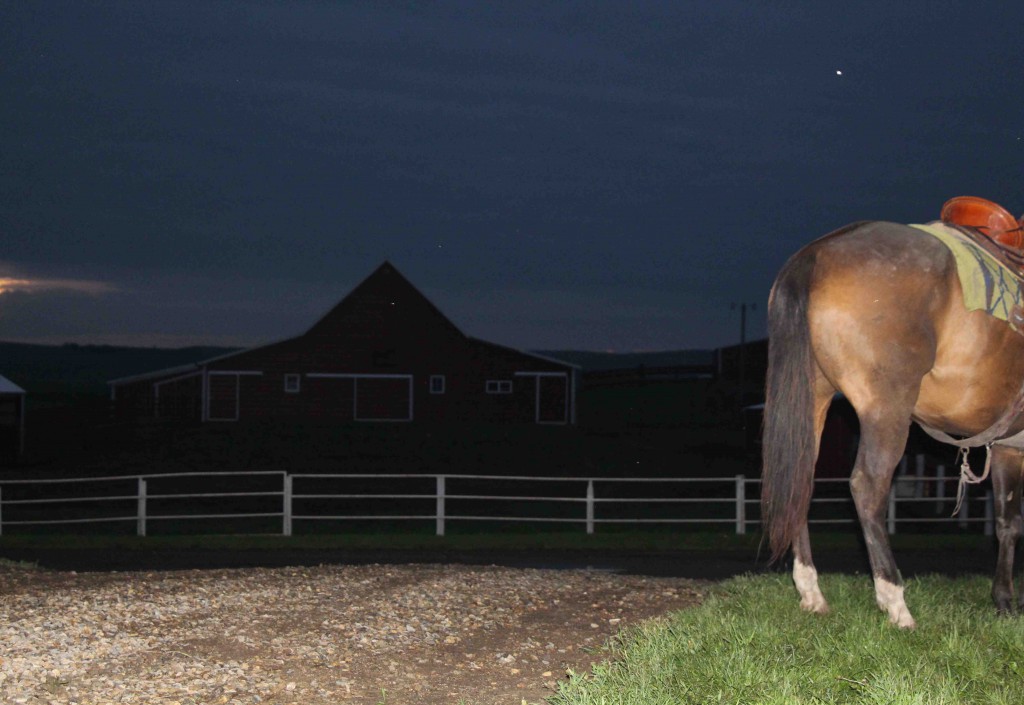
“I wanted to be a rancher all of my life,” Chad says. “That was my dream. When you get to live that out next to your family, you have to step back and say, ‘There couldn’t be a better way to make a living.’ ”
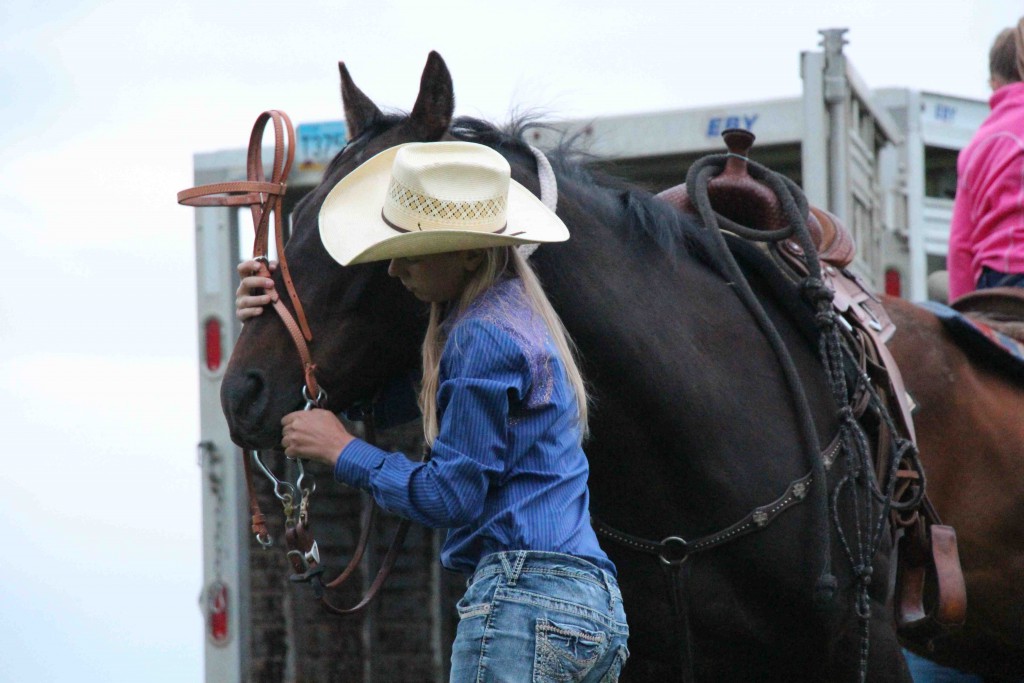
“We think Angus cattle are pretty special,” Chad says. He has the data to prove it.
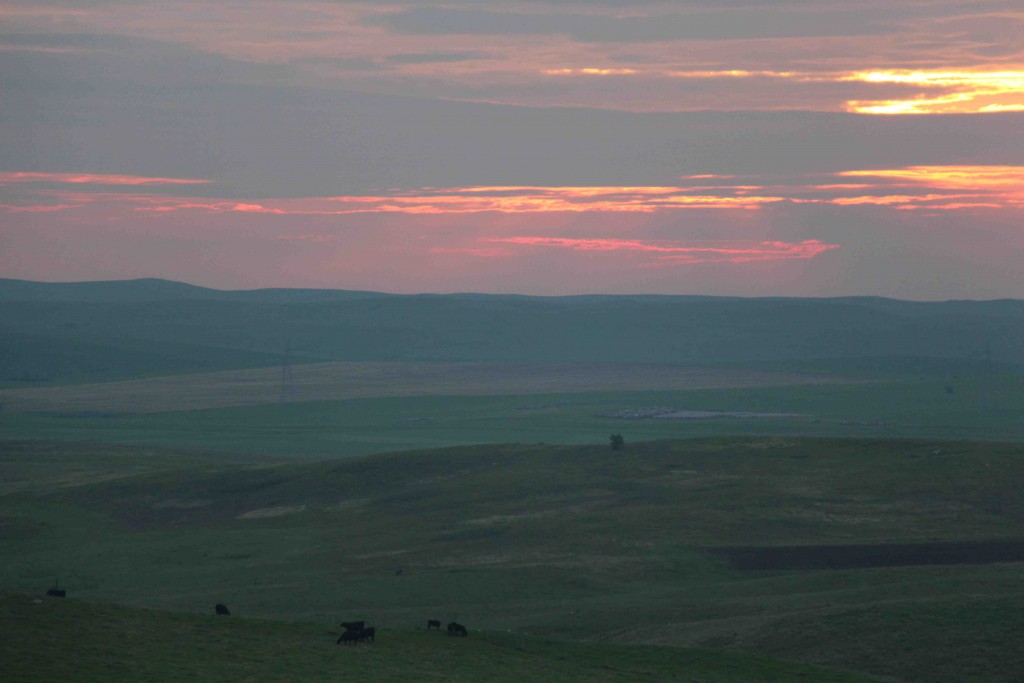
“I think you can breed cattle that are balanced from a maternal standpoint,” Chad says, “where the same cattle are earning quality marks on the rail.”
The rancher uses tools and technologies to breed a cow that will thrive and be efficient at home on the ranch, “but at the same time be the cow that produces a bull that will go and produce calves that are efficient in the yard and at the end of the day will hang a really high-quality carcass.”
He culls with that in mind. And this.
“When people think of a great eating experience, Angus beef is what they want on their plate, and we want to be involved with a breed that is important to the consumer.”
Sound familiar?
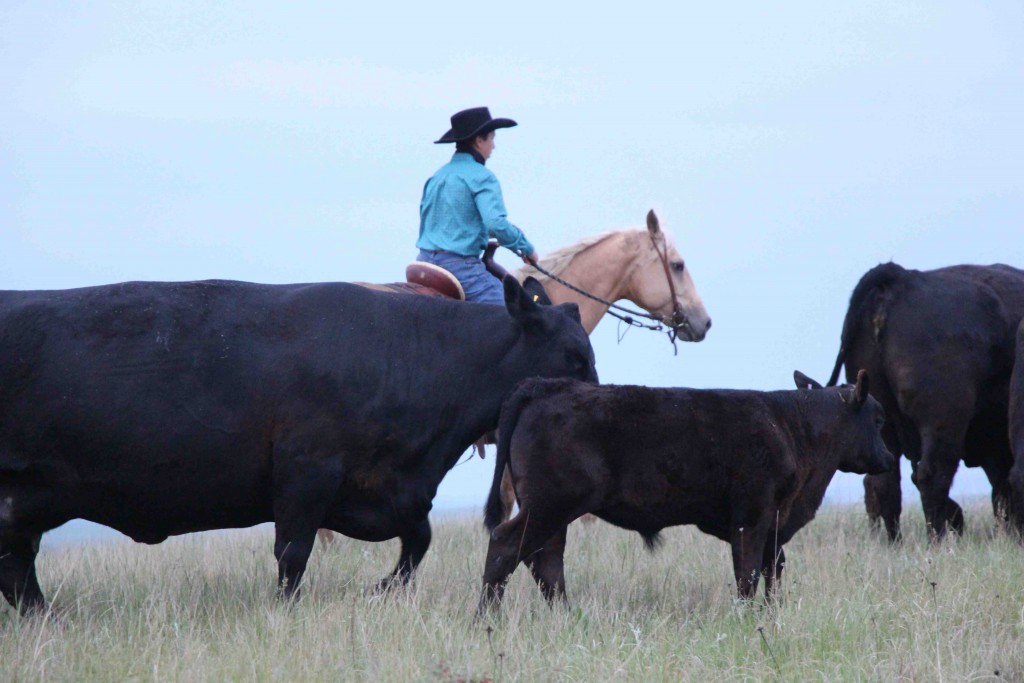
“I think they realize they have the privilege of feeding the world,” Chad says.
Tomorrow we’ll follow along as Chad trades places with Dale Zimmerman and chefs Dusty and Alan. If you missed yesterday’s post about the restaurants, be sure to catch up here!
PS – to read more about Ellingson Angus and their commitment to quality no matter what, find the full Angus Journal story here.
You may also like
Success, Despite Challenges
Today’s market is complex and competitive. The collective effort of stakeholders across the supply chain positions Certified Angus Beef to meet the record demand for premium beef moving forward. Signals across the beef industry are clear and Angus farmers and ranchers seeking high-quality genetics that deliver premium beef are producing a product in high demand.
Keep the Supply Coming
A record-high 800 registrants from 17 countries gathered in Austin, Texas, to learn more about CAB, become inspired by the culinary work of chefs and pitmasters, and celebrate sales and production success. But at the forefront: supply and demand, a reflection of the chaotic past year, and preparing for what’s ahead.
Consumer Demand, Power of Quality
Demand for high-quality beef persists. But with that demand comes challenges. From tight cattle supplies to higher costs and increasing pressure on retailers to deliver a consistent eating experience, the pressure is on. David O’Diam, CAB VP of retail, addressed the current retail beef environment, highlighting both opportunities and challenges in today’s marketplace.
